|
You are likely hiring more staff as we emerge from the pandemic – and you may feel that having vaccinated employees may make patrons more comfortable about dining with you. So can you require vaccination of new hires? In general, yes, according to the Equal Employment Opportunity Commission (EEOC). For example, as a recent Q&A from the National Law Review indicates, an employer can ask if a candidate has been vaccinated and require proof of that vaccination. What could pose difficulty under the Americans with Disabilities act is asking an unvaccinated person why he or she hasn’t been vaccinated, which could elicit information about a disability. https://www.natlawreview.com/article/eeoc-says-employers-may-mandate-covid-19-vaccinations-subject-to-limitations
Hand sanitizer dispensers have become a common sight at restaurant entrances, in restrooms and on tables in recent months. While thorough handwashing with soap and water is the gold standard when it comes to preserving hygiene, hand sanitizers can be a helpful tool in managing the spread of germs in various parts of a restaurant. Just make sure your staff is aware of how to use sanitizers most effectively – and where they fall short. Sanitizers cannot protect against the bacteria that causes diarrhea, so they are best used in conjunction with washing with soap and water, or in situations where handwashing isn’t possible – not as a substitute for handwashing or as a reason to delay it. To be effective, sanitizers should contain, at a minimum, 60 percent alcohol. Finally, despite the expense of sanitizers, don’t cut corners when sourcing them. Purchase them from a supplier who can ensure quality.
Safety is the new hospitality – but will the enhanced, labor-intensive cleaning practices brought on by the pandemic persist indefinitely? Chris Boyles, vice president of food safety for Steritech, told Modern Restaurant Management recently that he sees potential for growth in food safety technologies ranging from far UVC light to kitchen sensors – tools that both happen to lighten the cleaning load for staff. Far UVC light, with its ability to destroy germs without harming people, may be tested this winter as operators battle through both flu season and COVID-19. Meanwhile, Boyles predicts that the use of sensors to ensure food safety may expand as operators automate more of their food preparation processes going forward.
Local governments have been focusing on outdoor dining for good reason: As the weather warms and we need air conditioning to keep spaces cool, the risk of spreading virus particles can increase indoors. Recent research from the University of Oregon and the University of California, Davis, found that the path of air circulation within a restaurant plays an important role limiting the spread of the virus, particularly because the air stream in a restaurant can carry virus particles beyond the six-foot social distancing guideline. However, risks improve in situations with a window and an exhaust fan helping to manage air flow. The research team created a visual model to show the differences in transmission in a closed room where indoor air is recirculated and in a room that circulates some outdoor air through a window. While circulating outdoor air isn’t workable in every restaurant or every part of the country, Boston 25 News reports that Kevin Van Den Wymelenberg, one of the authors of the research, said you can test a building for the presence of the virus and then take steps to adjust air circulation patterns to minimize risk in your facility.
To avoid the spread of the coronavirus, not to mention seasonal flu, restaurants and other facilities where people congregate are raising their game when it comes to regularly disinfecting the surfaces where germs can lurk and be easily transferred. Beyond the long list of items such as table surfaces, seating areas, food preparation areas and trash containers that are a regular part of your cleaning routine, remember small-surface-area items like light switches, keypads and door push plates that can harbor harmful bacteria. Don’t neglect to clean and sanitize handles throughout your facility too – such as those on toilets, sinks, doors, food and ice scoops and appliances – as well as push plates on soap, paper towel and beverage dispensers. Be sure to use sanitizers at the proper temperature, concentration and for the proper length of time to ensure their effectiveness. The health technology company Ecolab provides industry-specific checklists that remind operators of the surfaces they need to clean and sanitize regularly – or contact Team Four for help in fine-tuning your cleaning and sanitation practices.
At a time when consumers are operating out of fear of how coronavirus spreads, the safety of restaurant food can be a comfort – or at least not a concern. It’s also something you can relay to the public and to your employees. For instance, recent research has found that unlike bacteria that causes foodborne illness, the coronavirus does not multiply on foods and can only survive for limited periods on different surfaces. Researchers from the New England Journal of Medicine reported on March 17 that while the virus remained on plastic and stainless steel for up to 72 hours and on cardboard for 24 hours, the virus degrades quickly – and the presence of the virus does not mean there are sufficient viable particles present to cause infection. The researchers also said they did not find that food or food packaging was a source of transmission. Consumer Reports advises that consumers can further reduce their risk by washing their hands when they get home, setting down any packages on surfaces that can be cleaned, transferring meals to plates instead of consuming food out of takeout containers, and washing hands again prior to eating.
As the coronavirus has spread and restaurants have had to transition to a takeout-only model, what are restaurants to do to protect themselves and the customers they serve – and to somehow keep business coming in? Despite the many tech advances that have swept the industry, restaurants – until very recently – have been social places where people are on the front lines. A recent Restaurant Business report, which includes advice from a law firm specializing in employment issues, advises clear communication with employees in several areas: share your plan with them (and make sure it covers employee concerns such as your sick leave policy and your plan of operation during school closures) and provide training to ensure everyone knows what procedures to follow if they develop symptoms of COVID-19 or are diagnosed with it. Day to day, increase your efforts to sanitize door handles and kitchen and bathroom surfaces more often. Some operators are placing hand sanitizer at their building entrances, as well as outside the restroom and at stations in the back of the house. And while delivery was once considered a nice-to-have service, it’s now critical. Even if you don’t currently offer mobile ordering tech, now is the time to adjust your menu and offer a simple takeout menu that can be picked up outside of your establishment or dropped off outside a customer’s door for contactless delivery. Right now food delivery is considered a public service for people who are elderly, vulnerable and isolated, so promote on social media and to neighborhood news groups that you are open and ready to help, and provide your menu and contact information. Finally, encourage people to pick up the phone and call you – it’s old-fashioned but people are missing the social connections that restaurants have long been able to provide. You can provide a valuable way for people maintain those community ties as the industry pulls through this time of uncertainty.
If the rapid spread of the coronavirus in recent weeks has proven anything, it is this: It is more important than ever to respect and reinforce the steps individuals can take to contain potential outbreaks. While the coronavirus is an extreme example of what can happen during an outbreak, virus outbreaks are likely to become an increasingly regular part of life as global warming contributes to a rise in new pathogens, according to the Centers for Disease Control and Prevention. While these pathogens may increase in variety and complexity, it will continue to be critical for people to follow a couple of simple practices to limit the spread of illness. As a physician and journalist who covered the SARS outbreak in China wrote recently in the New York Times, washing hands frequently and not coming to work when you are ill are the most important takeaways to remember when preventing the spread of pathogens. In addition, a Guardian report advises taking such precautions as covering your nose and mouth with a tissue (or with your elbow) when you cough or sneeze, then discarding the tissue and washing hands immediately after. Do your training procedures emphasize the most important steps workers can take to prevent the spread of illness in your facility?
|
subscribe to our newsletterArchives
July 2024
Categories
All
|

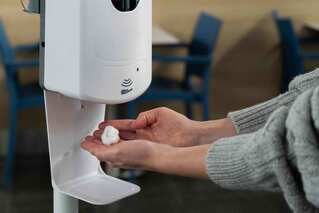

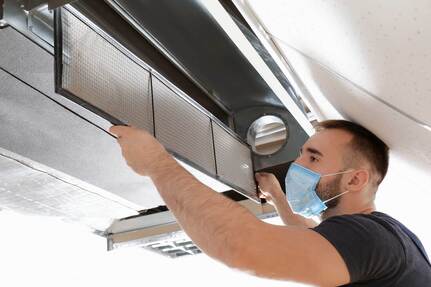

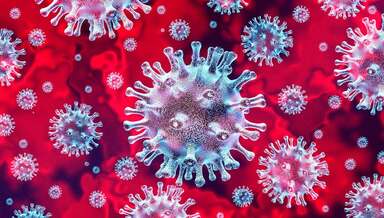

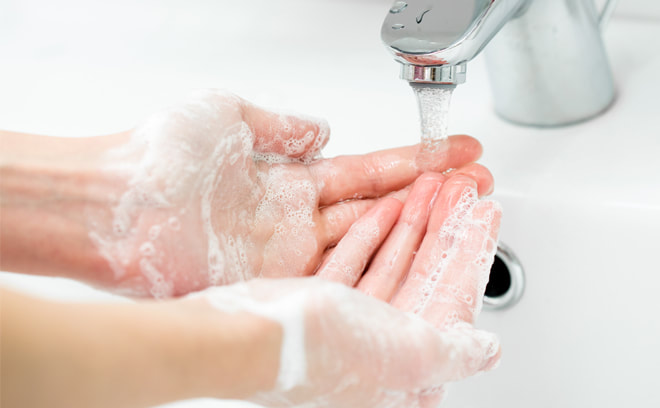


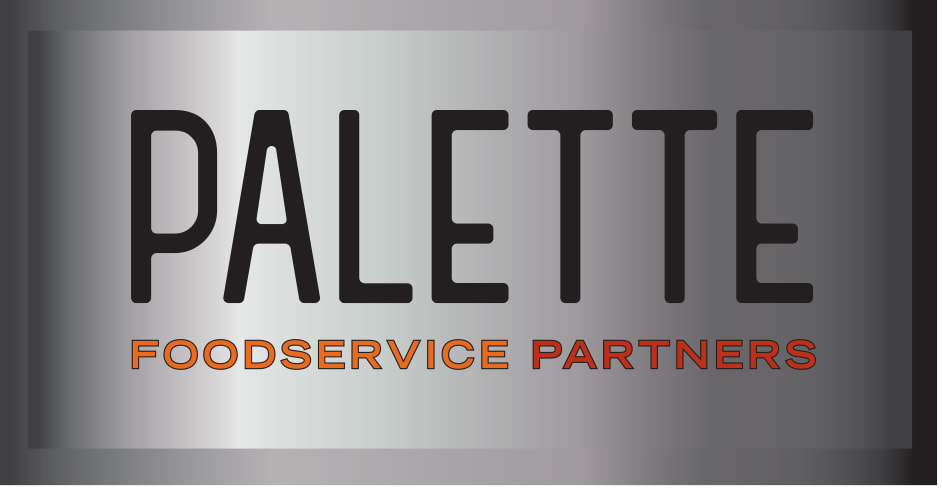
 RSS Feed
RSS Feed